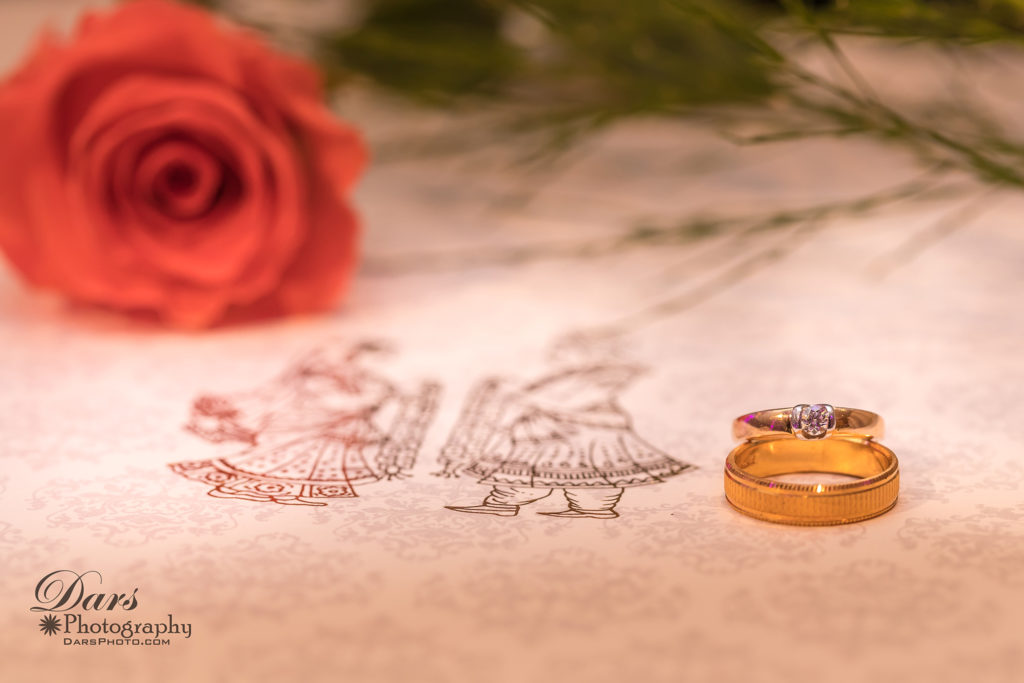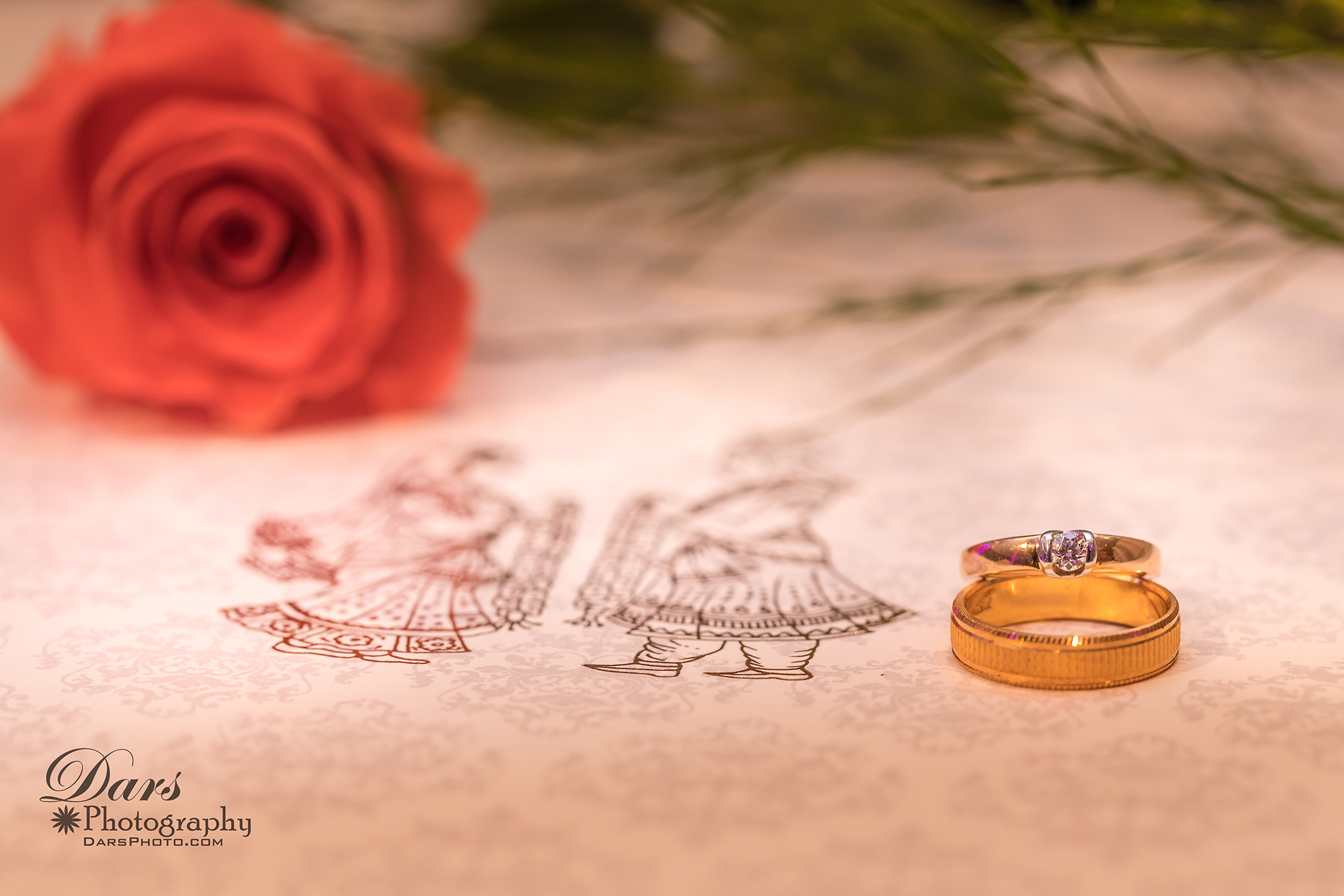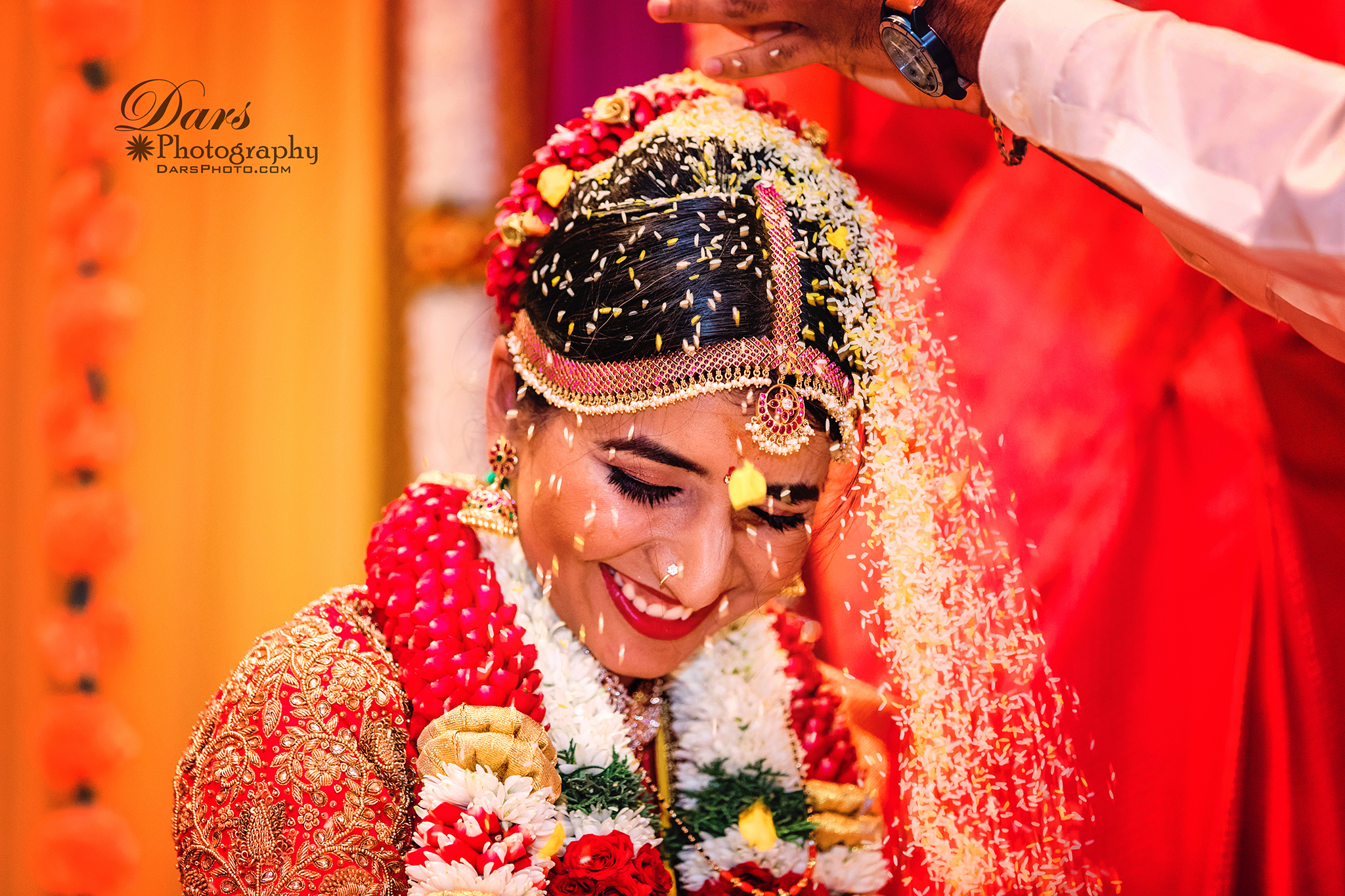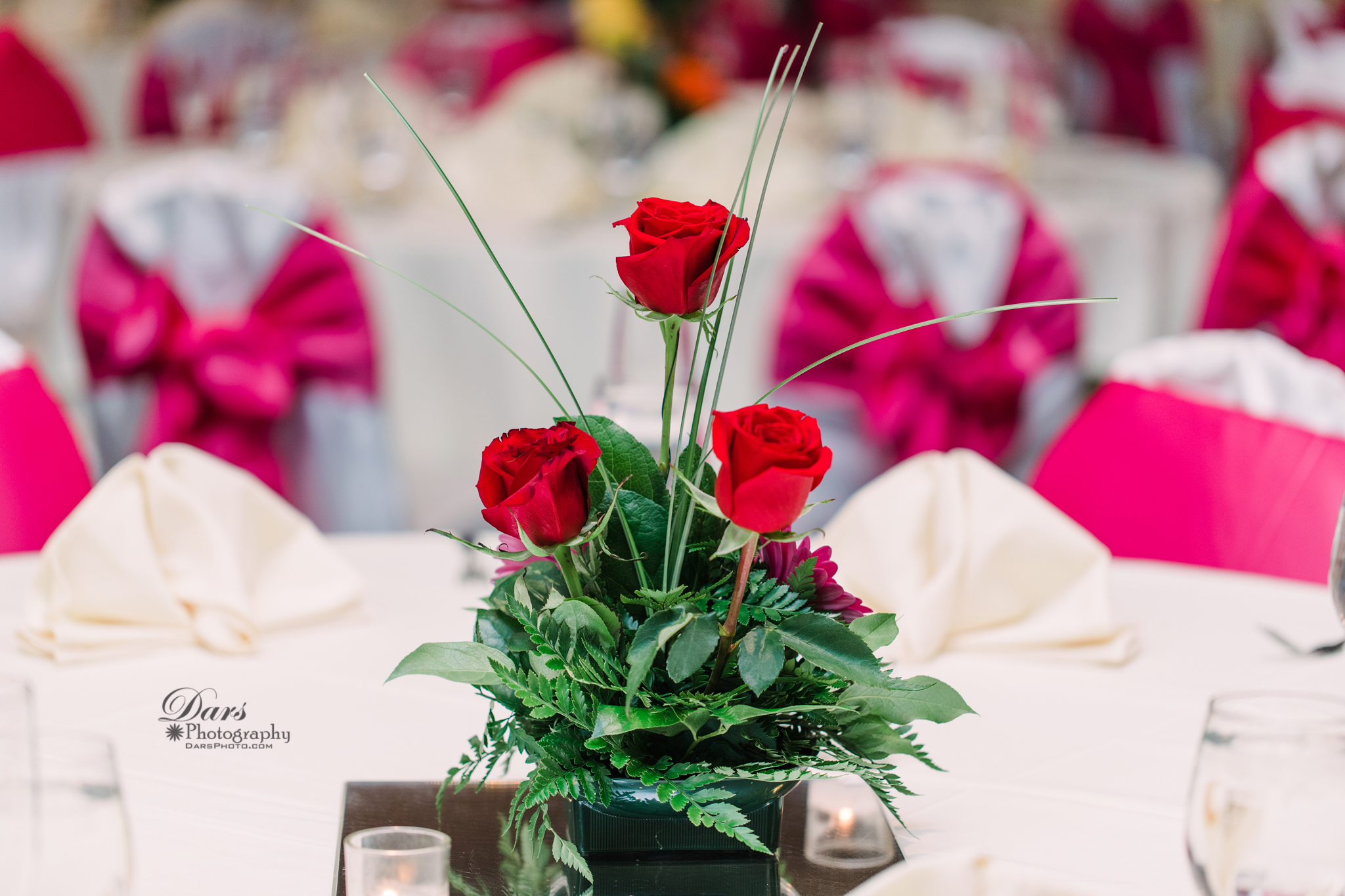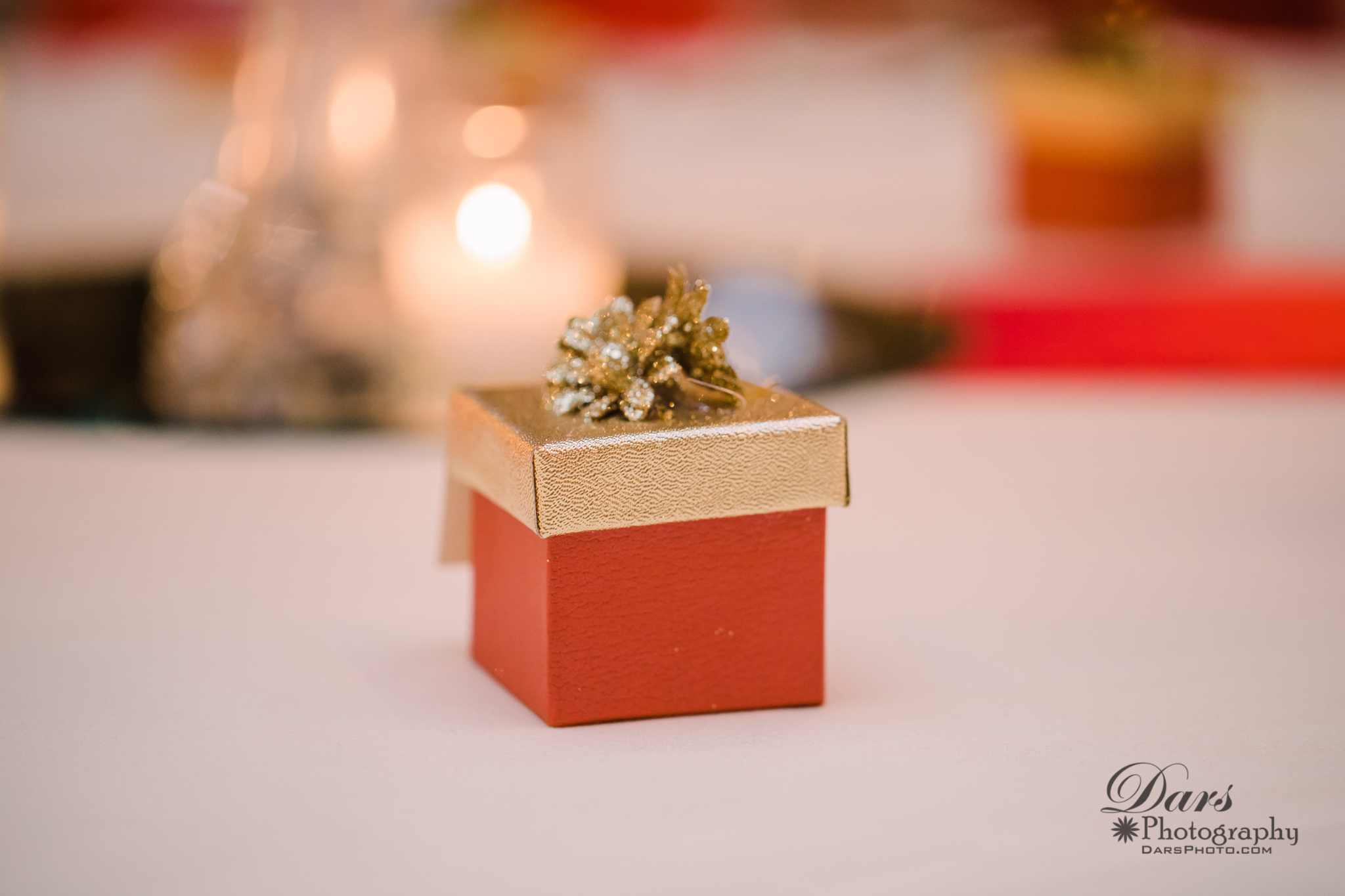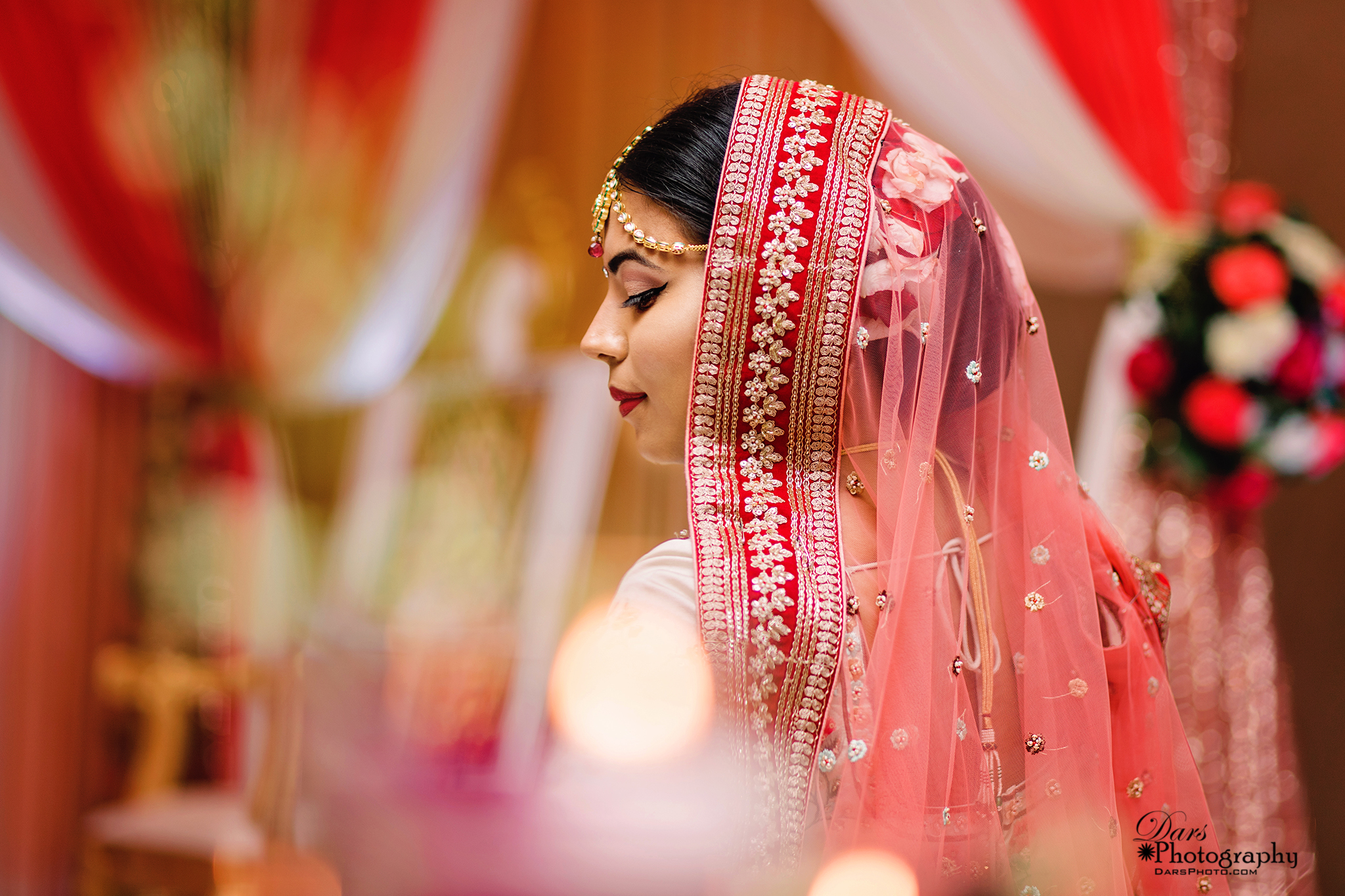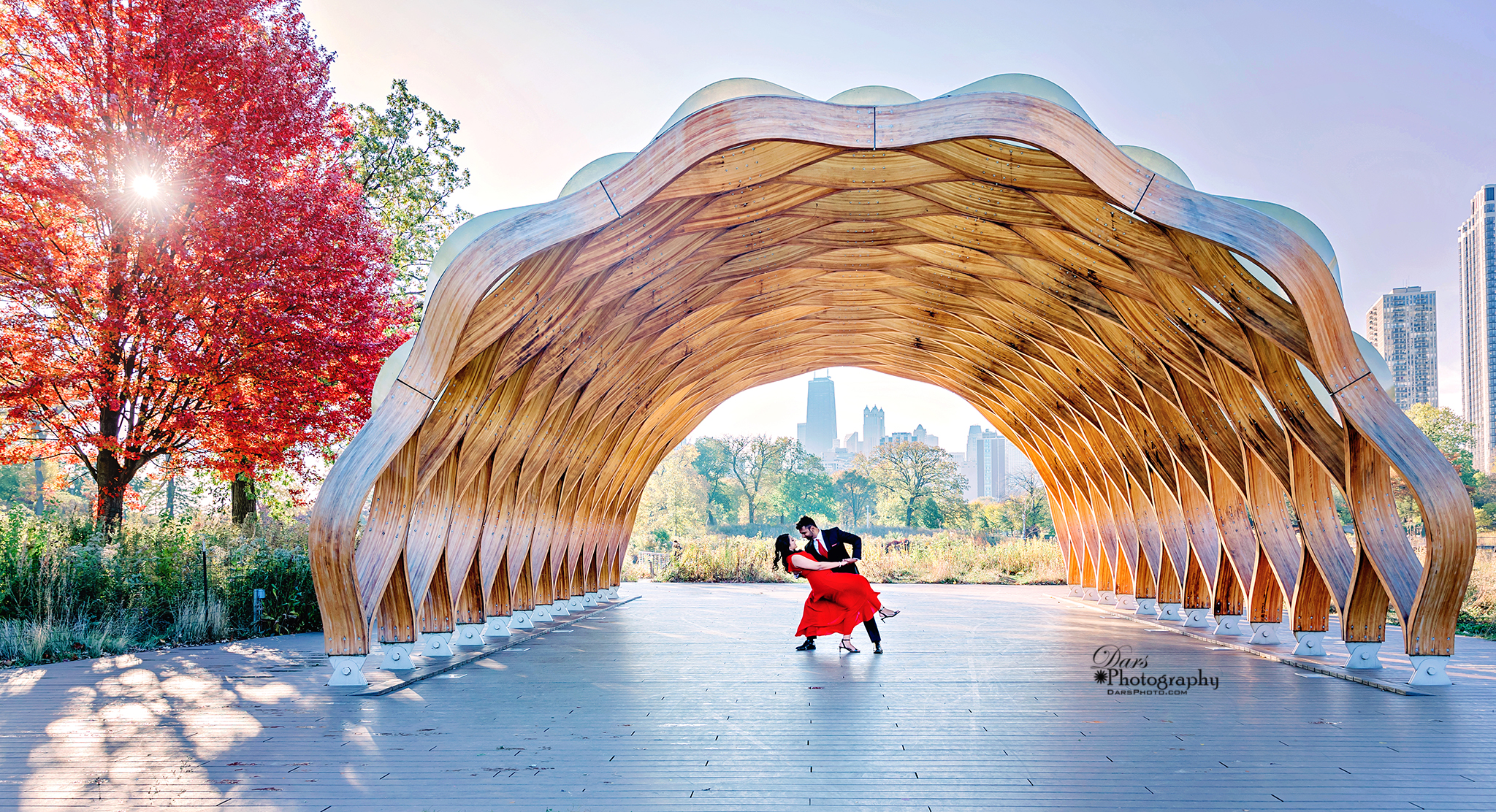Traditional Indian Ceremonies to Celebrate Love
Often, an Indian wedding ceremony is thought of as a colorful, elaborate and inclusive family affair. However, few realize the extent to which these joyous traditions also allow room for a depiction of romance and love celebrations in the world. For the many couples-to-be, we count down four such traditional Indian ceremonies that help couples celebrate their love.
Remember, traditions vary across the length of these immense country and no two celebrations can be just the same. Still these four are common across both North Indian and South Indian sub-cultures.
The Sangeet Ceremony
The Sangeet in an Indian wedding ceremony can be in parts a rehearsal dinner, a wedding reception and an after party to a Western wedding ceremony. Hosted by the bride’s family, the ceremony typically happens the night before the wedding ceremony and gives both families the chance to get to know each other. How? Through the language of song and dance.
Sangeet, which means ‘sung together’, is essentially a large pre-party. This ceremony is full of joy, colorful costumes, and music. From family members simply choosing to belt songs, hymns and sonnets (both traditional and film-based) to elaborate, choreographed numbers, it works splendidly as an ice-breaker.
What’s more, it is an opportunity nowadays for couple dance moments. There are also dance-offs between the bride and groom’s sides to keep everyone glued.
The Mehndi Ceremony
Mehndi often takes place a day before the wedding since it’s such a long, intensive process. During the Mehndi ceremony, a henna artist paints beautiful designs on the bride’s hands and feet. The color of the henna signifies the intensity of love that the bride and her husband would share, so many leave it on to dry for as long as 8 hours and more.
Another tidbit? The Mehndi artist generally include the name of the groom in the design, which he is supposed to look for. This is meant to be an ice-breaker during their first night together.
The Varmala Ceremony
The Varmala is not just a traditional exchange of garlands – it is meant to physically represent that the bride and groom are each other’s chosen ones, at least for the next seven lives. The exchange finds a mention in the tales of the Gods too, where the bride declared her chosen one (or ‘Var’) with a garland.
The flowers of the Varmala or Jaimala are supposed to add their sweet aroma to the union, as each take turns to bow their heads to the other and accept this declaration of love.
The Pheras or Saptapadi Ceremony
This is the true heart of an Indian wedding ceremony, across all cultures. The couple solemnize their vows to each other, in the presence of their families, God and all loved ones, by taking either seven rounds or Pheras together or seven steps together.
The North Indian traditions normally feature Pheras (either around the Holy fire or the Religious Book (Sikh Weddings)), while Southern customs have variations of the Saptapadi. And as seen with the Western vows, these lay the foundation of the marriage for both the bride and the groom – choosing to forsake all others and standing with each other through all their highs and lows.
It is as much of an emotional and romantic moment, as it is traditional.
Traditional Wedding Games
Think an Indian wedding ceremony is over the moment the bride leaves after her Vidai? Think again. The ceremonies continue, this time at the groom’s home.
As a form of a traditional welcome to the couple, the family engages in a series of wedding games, pitting the groom against the bride. They could be in a race to find their wedding rings (or coins) in a bowl of milk or in untying traditional threads on each other’s wrists (called ‘Gaana’).
These fun elements are meant to be an ice-breaker for the bride and an introduction to her new family. Held on the morning after the wedding ceremony, they lead to playful interactions that both can smile about for years and years.
Incorporating Indian Wedding Ceremony Traditions in Your Celebration
These days, many couples are incorporating these same traditions into their own weddings, even if the bride and groom aren’t Indian. With so much light-hearted, colorful symbolism, it’s not hard to imagine why. If you’d like to include one of these beautiful ceremonies to celebrate your own love, learn more about wedding planning in India to discover them for yourself.
